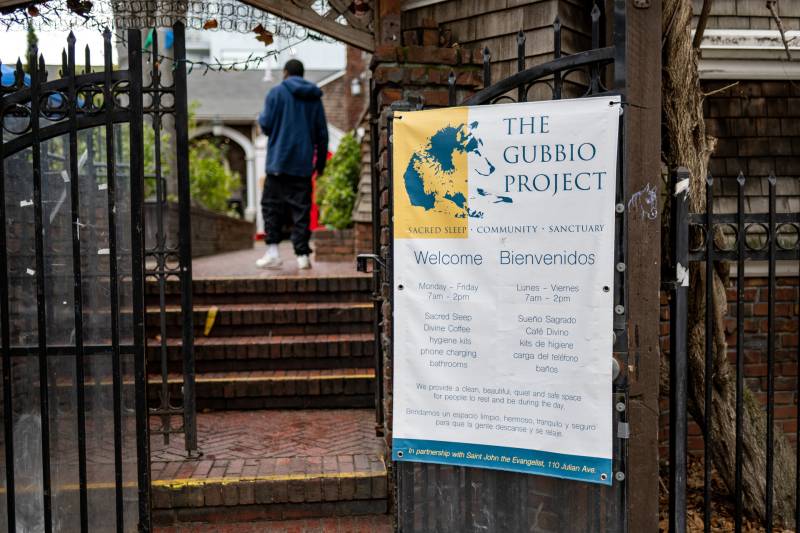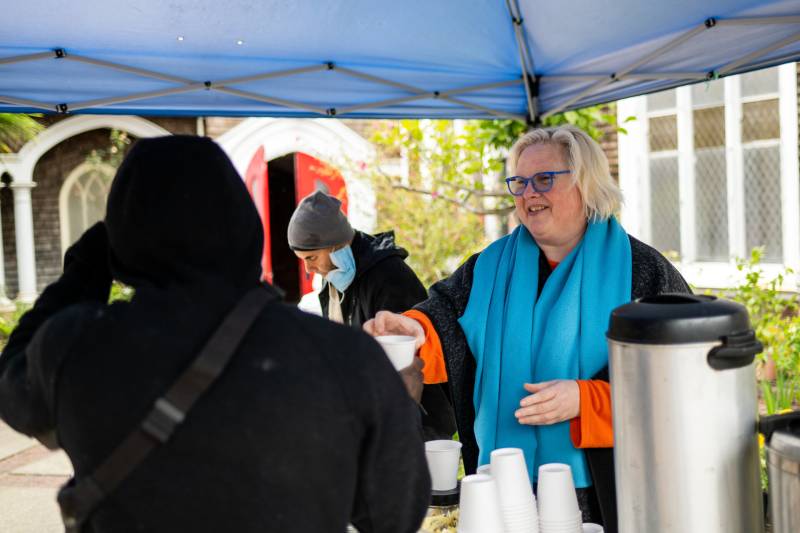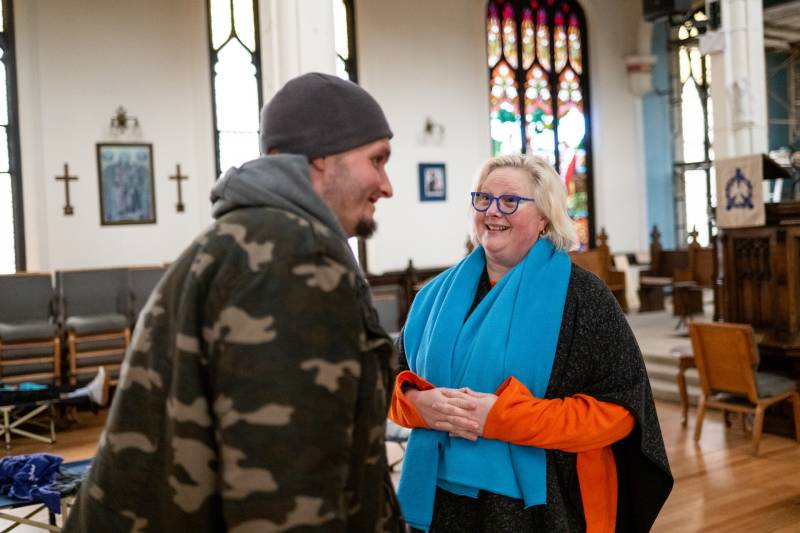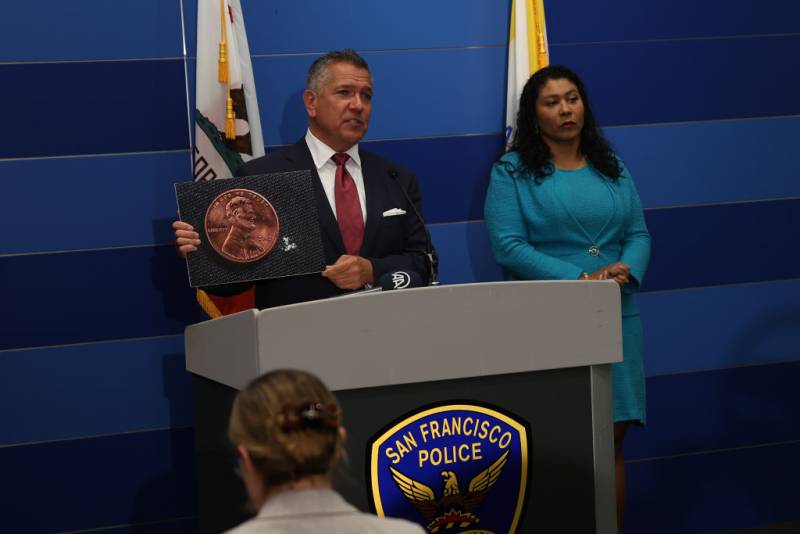Update, 11:30 a.m. Wednesday: A proposal (PDF) moved forward on Wednesday that could allow San Francisco Mayor London Breed and the city’s Department of Public Health to solicit donations that nonprofits and other private organizations could utilize to operate safe consumption sites, facilities where people can smoke or inject drugs in a medically supervised setting.
The proposal would waive a new governmental rule, put in place after a recent corruption scandal between Public Works staff and the garbage collector Recology, that restricts city employees from seeking private donations. The funds would go directly to the nonprofits themselves.
The city’s budget and finance committee unanimously passed the proposal. The full Board of Supervisors must still review and approve the waiver before it will go into effect.
“This is an area where it is appropriate to solicit private donations to help pay for this, and it’s important,” said Supervisor Rafael Mandelman.
If passed, it would be the second time the Board of Supervisors has made an exception to the behested payments ordinance. The first waiver occurred in January, when supervisors unanimously approved an exception to solicit donations for Civic Bridge, a 16-week cohort-based program that allows private businesses to work on innovation projects for the city.
“We are grateful to have the Board of Supervisors understand the importance of supervised consumption sites,” a member of the Safer Inside coalition, an overdose prevention advocacy group, said during public comment at the committee meeting Wednesday. “We need to do everything we can to allow for opening these as soon as possible, and this resolution represents one more step towards making that a reality.”
Original story: San Francisco supervisors this week unanimously approved a measure allowing nonprofits and other private organizations to open and operate safe consumption sites, where users can smoke or inject high-potency drugs under close medical supervision. No such sites currently exist in the city since the closure of the Tenderloin Center in December.
But without a guaranteed funding source, the timeline for when the first “overdose prevention centers,” as they’re known, might open is still largely unclear. Under the legislation, nonprofits will have to cobble together the sizable amount of funding needed to run the sites, which by one recent estimate could each end up costing well over $1 million a year.
“There is opening up a site, and then there’s opening up a site and doing it the right way with the best achievable outcomes because it’s well-funded,” said Lydia Bransten, executive director of the Gubbio Project, which hopes to open a site in the Mission District by the summer. “And we want to open a site that is adequately funded so we can have a skilled team of people, proper equipment and environment.”

Bransten’s vision hinges largely on whether city leaders will allow cash-strapped groups like hers to dip into the $120 million windfall San Francisco recently amassed from successful opioid-related lawsuits against pharmacies and drug manufacturers. The city, however, has yet to commit to making that money available, given the inherent legal concerns: The sites are still technically prohibited under state and federal law.
Without access to that, some public health advocates worry that most nonprofits won’t have the resources to quickly open and run the sites, which they argue are desperately needed to tackle the city’s ongoing overdose crisis.



